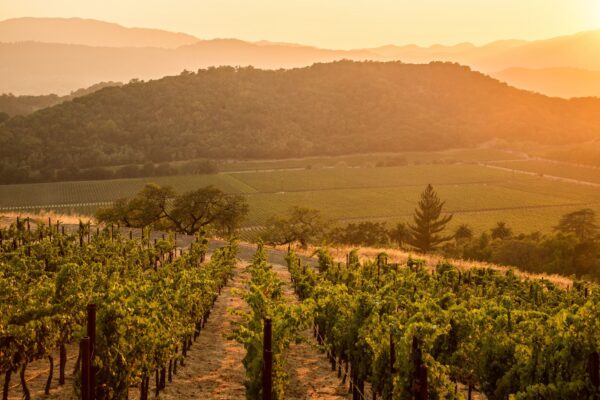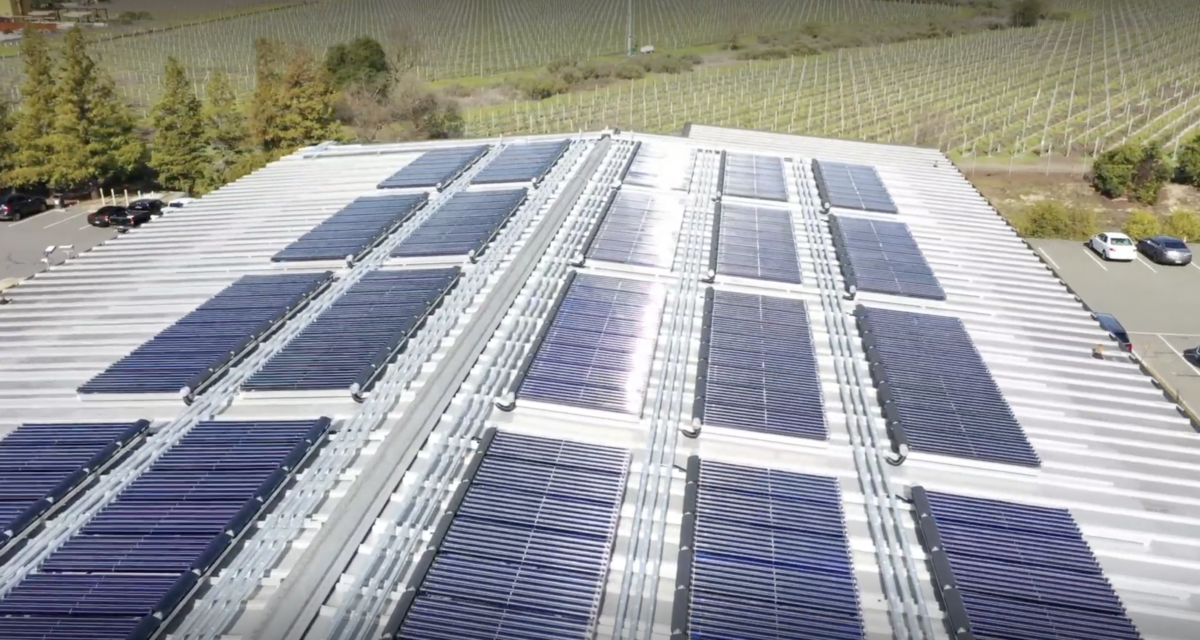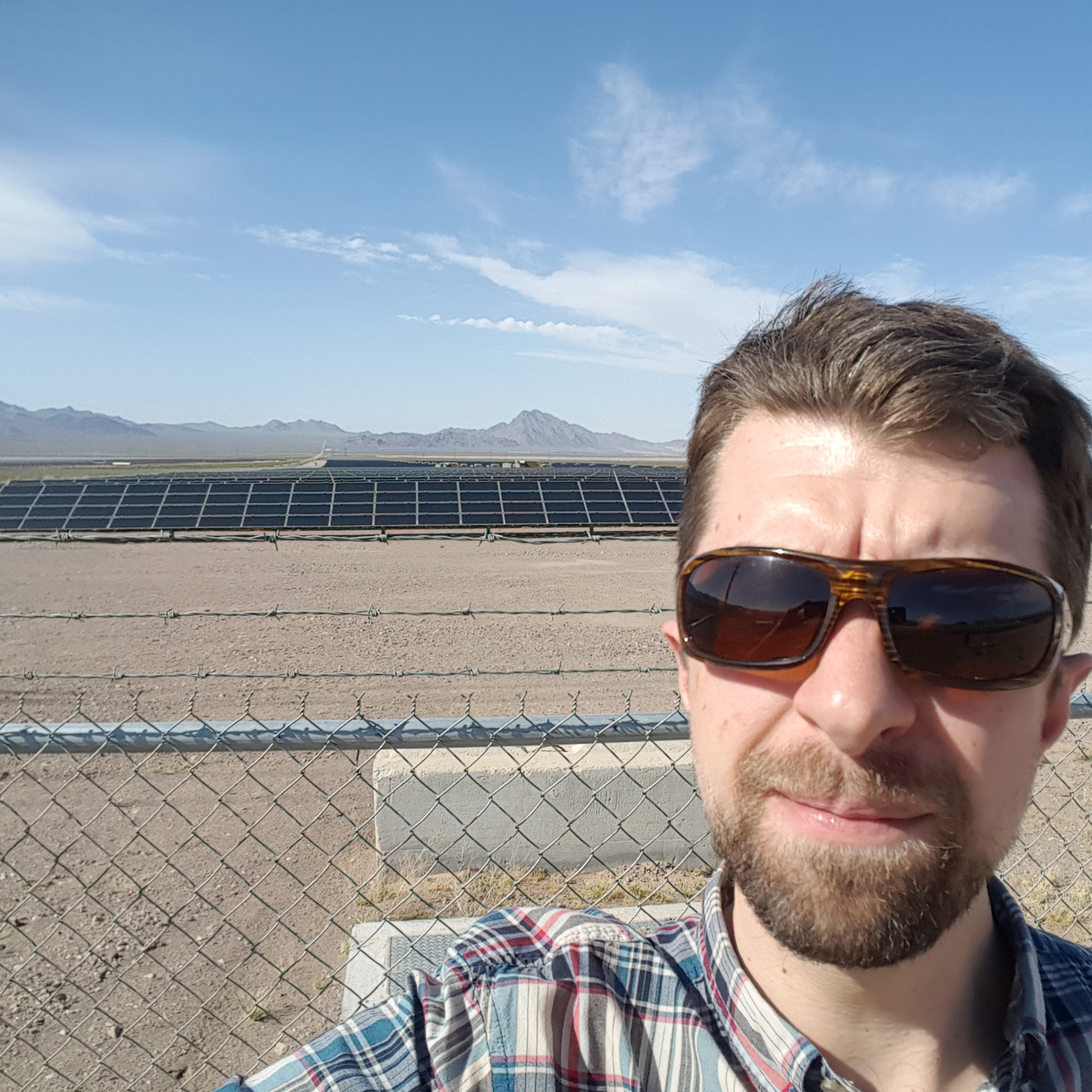The producer of Napa Valley, California wines at Beringer Vineyards may hold the claim of producing 2008 vintage solar energy at one winery, but its public owner Treasury Wine Estates may now set another record for onsite solar generation.
This week, Treasury Americas, the U.S. division of Treasury Wine Estates, announced a substantial expansion of its wineries’ onsite solar generation capacity by adding 6.5 MW of new installations across its U.S. wineries. The new installations will be installed by Shell Energy Solutions and brings the wine grower’s U.S. solar portfolio to 9.2 MW total capacity.
A Shell Energy spokeswoman told pv magazine USA that the expansion of Treasury Americas’ onsite solar generating capacity sets a new record for behind-the-meter onsite solar installations for a winery business, as recognized by an April 2023 study by global testing and advisory firm DNV GL.
With the expansion, Treasury Americas will generate approximately 14.3 million kWh annually of clean energy, while the project expansion is pivotal to Treasury Wine’s goal to transition to 100% renewable electricity by 2024 and net-zero carbon emissions by 2030.
The 6.5 MW portfolio expansion consists of 13,000 solar panels installed across seven sites with over 15 different solar locations, including ground mount, rooftop and carport systems. New onsite solar per site averages between 750kW and 1 MW per project, Shell Energy said.

The U.S. solar portfolio will initially provide daily solar energy, though the spokeswoman said the asset owner is also evaluating the addition of energy storage to the portfolio over time. Shell Energy’s approach for commercial decarbonization solutions for the winery includes on-site solar as well as energy efficiency improvements such as LED lighting, compressed air improvements and EV charging stations.
“We also recognize that future storage may be both about electricity and thermal systems, [like] banking heating or cooling, and making sure we flex our demand to match our production,” Shell Energy’s spokeswoman said about the Treasury Americas onsite generation.
When asked about the U.S. winery portfolio’s crossover into newly tested agrivoltaics systems, where vineyards could install solar panels spaced between or directly over grape vines, she said, “A number of the (PV) sites are located on or near the vineyards. While these are not agrivoltaic designs, that may be evaluated in the future,” she added.
Beringer Vineyards, a Treasury Americas winery that dates back to 1876, installed its first solar arrays in 2008 in St. Helena, Calif. With the solar expansion, Treasury’s Beaulieu Vineyard, Beringer Vineyards, Etude Winery, and Frank Family Vineyards in Napa Valley will also see solar system installations, as well as properties in Paso Robles and the Central Coast.
Wildfire resiliency
Sterling Vineyards, a Treasury Americas winery closed since 2020 due to damage from the Glass Fire, a September 2020 wildfire that lasted 23 days and consumed 67,484 acres in both Napa and Sonoma Counties, is expected to reopen later this year fully powered by the Shell Energy solar systems.
“We have a responsibility to be stewards of the environment and to mitigate the impact of the climate crisis on our wines and communities. The rapid transition to 100% renewable electricity will eliminate the majority of our production emissions in only a few short years,” said Will Drayton, director of sustainability and science, Treasury Americas.
“Furthermore, additionality is key. By maximizing our on-site solar generation, we are greening the California grid and opening the door to future developments such as onsite storage,” Drayton said.
Treasury Wine has 2,600 employees worldwide and operates wine-growing and packaging facilities in Australia, New Zealand, France, Italy, the North and Central Coast regions of California.
In the U.S., one of its properties to see onsite solar systems, Frank Family Vineyards, was acquired by Treasury Wine in November 2021 for $315 million. Frank Family, located in Calistoga, Calif., produces 174,000 cases of wine per year and is known for its Chardonnay, Cabernet Sauvignon and Pinot Noir.
This content is protected by copyright and may not be reused. If you want to cooperate with us and would like to reuse some of our content, please contact: editors@pv-magazine.com.









By submitting this form you agree to pv magazine using your data for the purposes of publishing your comment.
Your personal data will only be disclosed or otherwise transmitted to third parties for the purposes of spam filtering or if this is necessary for technical maintenance of the website. Any other transfer to third parties will not take place unless this is justified on the basis of applicable data protection regulations or if pv magazine is legally obliged to do so.
You may revoke this consent at any time with effect for the future, in which case your personal data will be deleted immediately. Otherwise, your data will be deleted if pv magazine has processed your request or the purpose of data storage is fulfilled.
Further information on data privacy can be found in our Data Protection Policy.